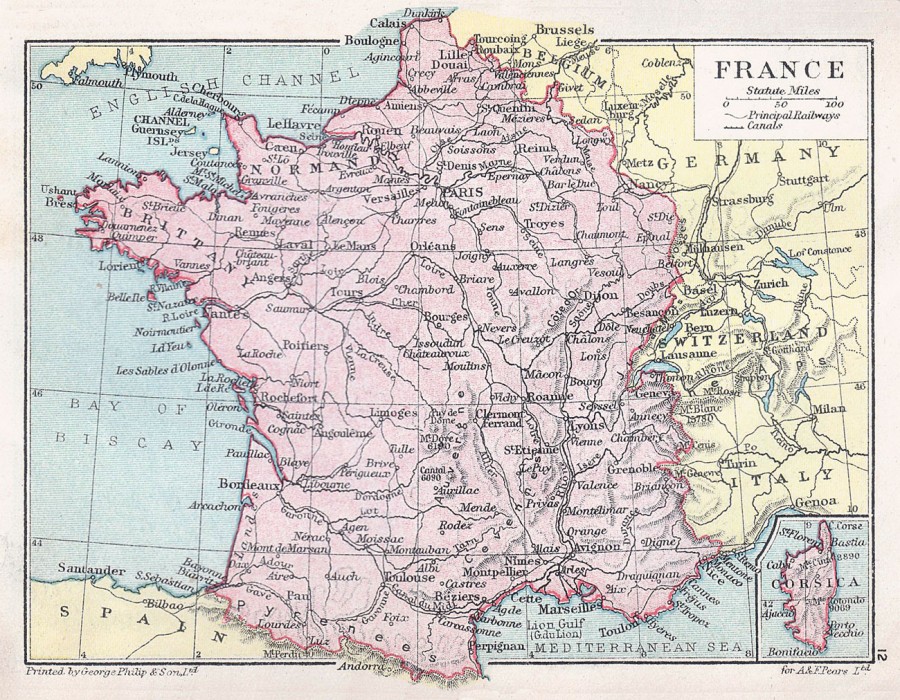

Whisenant argued that the rapture was going to happen next month. He will then bring a thousand-year period of peace on earth, to be followed by a last judgment and then a utopian kingdom for the saved, for all time. At the end of this period, when the world is about to blow itself into oblivion (in most scenarios since 1945 through a massive nuclear exchange), Jesus will return again, this time to put an end to the madness before all is lost.

Jesus will remove them from the world so they can escape the coming “tribulation,” a seven-year period of absolute misery in which the chief opponent of Christ, the Satan-inspired “Antichrist,” assumes sole political power over all the nations of earth, while natural and military catastrophes occur one after the other.

1 They will be “snatched” up with him from earth to heaven-hence the term “rapture” (meaning “snatched up”). There were some two million copies of the booklet in circulation.įor readers who do not know about the “rapture”: for well over a century now, self-identified fundamentalists and other conservative evangelical Christians have maintained that Jesus is soon to return from heaven in order to take his followers out of the world. The reporter was asking because there was a booklet in wide circulation by someone named Edgar Whisenant, who mounted numerous biblical arguments that the “rapture” would occur that year during the Jewish festival of Rosh Hashanah-just weeks away. The reporter had heard I was a New Testament scholar and he had a pressing question: “Is it true that Jesus is returning in September?” My first thought was “Here we go.” I arrived in early August, and about a week after unpacking I received a call from a local newspaper. I braced myself, imagining that-as a former evangelical Christian myself-I knew what to expect. The University of North Carolina at Chapel Hill was not known as a bastion of conservative thought, but it was, after all, in the Bible Belt. I was pretty sure things would be different in the South. Not many were Bible-reading evangelicals. Most of my students were Roman Catholic, at least nominally others were Jewish or secular. It was a position I loved: teaching the New Testament to students who were curious but not, as a rule, particularly invested in the subject before taking the class. I had spent ten years in New Jersey, four of them teaching at Rutgers University. I was expecting some significant culture shock when I moved to North Carolina in 1988. ExcerptĬhapter One: The End Is Near ONE The End Is Near
BLUEPRINT FOR ARMAGEDDON FREE HOW TO
By turns hilarious, moving, troubling, and provocative, Armageddon presents inspiring insights into how to live our lives in the face of an uncertain future and reveals what the Bible really says about the end. Ehrman delves into the most misunderstood-and possibly the most dangerous-book of the Bible, exploring the horrifying social and political consequences of expecting an imminent apocalypse and offering a fascinating tour through three millennia of Judeo-Christian thinking about how our world will end. In Armageddon, acclaimed New Testament authority Bart D. But whether you understand the book as a literal description of what will soon come to pass, interpret it as a metaphorical expression of hope for those suffering now, or only recognize its highlights from pop culture, what you think Revelation reveals…is almost certainly wrong. You’ll find nearly everything the Bible has to say about the end in the Book of Revelation: a mystifying prophecy filled with bizarre symbolism, violent imagery, mangled syntax, confounding contradictions, and very firm ideas about the horrors that await us all. A New York Times bestselling Biblical scholar reveals why our popular understanding of the Apocalypse is all wrong-and why that matters.


 0 kommentar(er)
0 kommentar(er)
